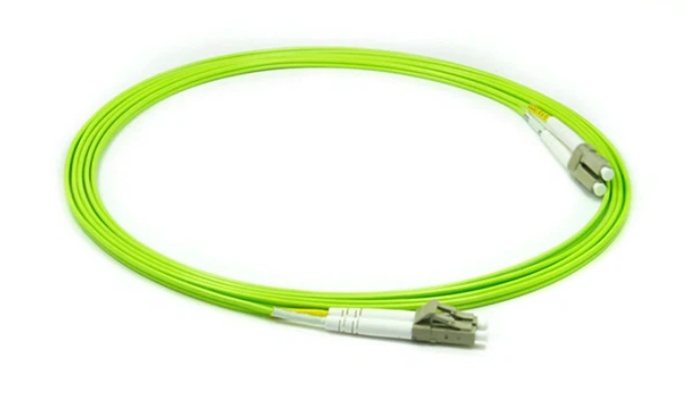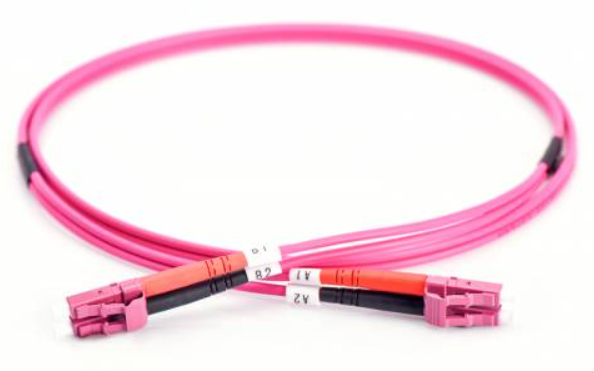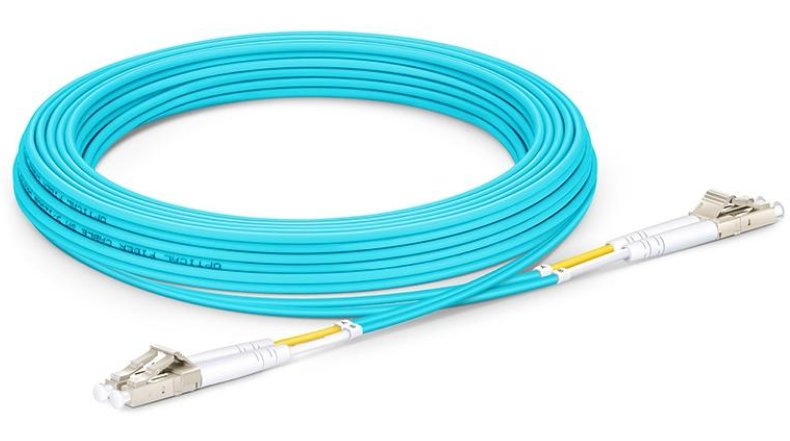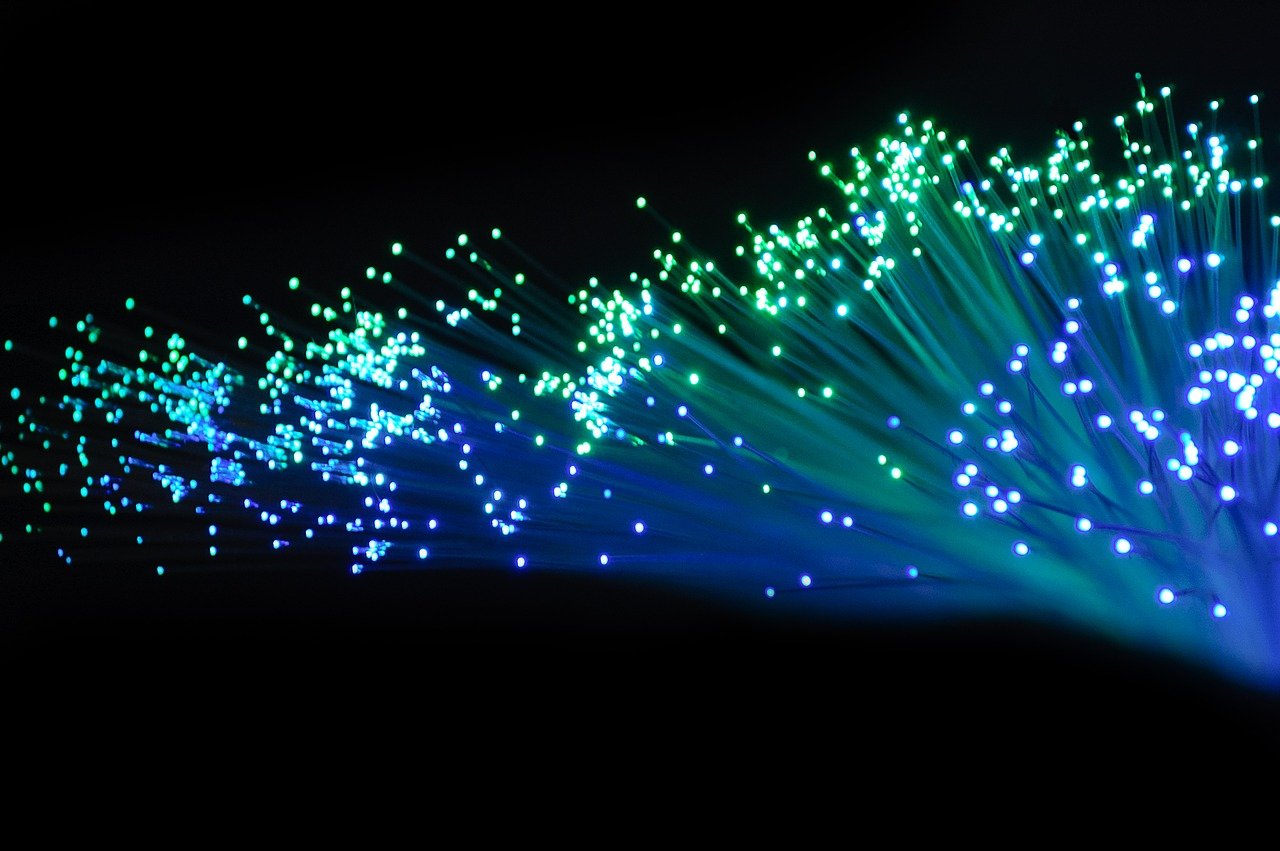Demystifying LC Patch Cords: A Comprehensive Overview for Network Professionals

Understanding LC Patch Cords
LC patch cords are an essential component of network infrastructure, serving as the link between devices and enabling seamless data transmission. These fiber optic cables offer numerous advantages for network professionals, making them a popular choice in various industries. LC patch cords provide high-speed data transmission, ensuring efficient communication between network equipment. Their small and compact design allows for space-efficient installations, especially in environments where space is limited. Whether you're connecting switches, routers, or other network devices, LC patch cords play a crucial role in establishing reliable connections.
Advantages of LC Patch Cords in Network Infrastructure
LC patch cords offer significant advantages when it comes to network infrastructure. Let's explore two key benefits:
Improved Network Performance
LC patch cords are designed to ensure high-speed data transmission, making them ideal for demanding network setups. With their low insertion loss and high return loss characteristics, these patch cords minimize signal degradation and maintain signal integrity throughout the network. This translates to improved network performance, reduced latency, and enhanced reliability. Whether you're dealing with large data transfers or real-time communication, LC patch cords provide the necessary bandwidth and stability for seamless connectivity.
Space Efficiency
In today's fast-paced technological landscape, space efficiency is crucial in network equipment. LC connectors are small and compact, allowing for dense installations without compromising performance. Their miniature form factor enables high-density connections within switches, routers, and other networking devices. This not only saves valuable physical space but also simplifies cable management and enhances airflow within server rooms or data centers. By utilizing LC patch cords, network professionals can optimize their network system while maximizing available space.
Exploring Different Types of LC Patch Cords
LC patch cords come in different types to accommodate various network requirements. Let's take a closer look at two common types:
Single-mode LC Patch Cords
Single-mode LC patch cords are designed for long-distance transmission, making them suitable for applications that require high bandwidth over extended distances. These patch cords utilize a narrow core diameter, allowing for the transmission of a single mode of light. This enables them to achieve greater signal clarity and minimize signal loss, resulting in reliable data transmission over longer distances. Single-mode LC patch cords are commonly used in telecommunications, long-haul networks, and other scenarios where high-speed and long-distance connectivity is essential.
Multimode LC Patch Cords
Multimode LC patch cords are ideal for short-distance transmission within local area networks (LANs) or data centers. They are cost-effective solutions that support the transmission of multiple modes of light simultaneously through a larger core diameter. While they may not offer the same distance capabilities as single-mode patch cords, multimode LC patch cords excel in providing high bandwidth over shorter distances. They are commonly used in LANs, campus networks, and other applications where cost efficiency and moderate distance requirements are key considerations.

Choosing the Right LC Patch Cord for Your Network
When selecting an LC patch cord for your network, it's important to consider your specific requirements. Here are some key factors to keep in mind:
Considerations for Network Requirements
To determine the right LC patch cord for your network, start by assessing the required transmission distance. Consider whether you need to connect devices over short or long distances. This will help you choose between single-mode and multimode LC patch cords, as single-mode is suitable for longer distances while multimode is better suited for shorter distances.
Additionally, evaluate your network's bandwidth needs. Determine the data rates and throughput requirements of your network setup. This information will guide you in selecting an LC patch cord that can support the necessary bandwidth and ensure optimal performance.
LC Patch Cord Specifications
When choosing an LC patch cord, pay attention to specific specifications that align with your network infrastructure:
Fiber Type: Decide whether single-mode or multimode fiber is appropriate based on your transmission distance requirements. Single-mode fiber offers greater reach but may be more expensive, while multimode fiber is cost-effective for shorter distances.
Connector Polish Type: Consider whether you need Ultra Physical Contact (UPC) or Angled Physical Contact (APC) connectors. UPC connectors provide low insertion loss and are commonly used in most applications, while APC connectors offer even lower return loss and are typically used in scenarios requiring high precision, such as telecommunications or high-speed networks.
By considering these factors and matching them with your network requirements, you can confidently select the right LC patch cord that meets your needs.
Installation, Maintenance, and Troubleshooting of LC Patch Cords
Proper installation, maintenance, and troubleshooting are essential for ensuring the optimal performance and longevity of your LC patch cords. Here are some key practices to follow:
Proper Installation Techniques
During installation, it's crucial to ensure clean and dust-free connectors. Any dirt or debris on the connectors can lead to signal loss or interference. Use lint-free wipes or alcohol pads to clean the connectors before making connections. Additionally, follow correct cable routing practices to avoid excessive bending or tension that could damage the fiber optic cables.
Maintenance and Cleaning Tips
Regular maintenance is important for preserving the performance of your LC patch cords. Inspect them regularly for any signs of damage, such as frayed cables or loose connectors. Clean the connectors periodically using appropriate cleaning tools and solutions recommended by manufacturers. Avoid using harsh chemicals that may damage the fiber optic cables.
Remember to handle LC patch cords with care during cleaning and maintenance processes. Avoid pulling or twisting them forcefully, as this can cause damage to both the patch cord and its connectors.

Future Trends and Success Stories of LC Patch Cords
LC patch cords continue to evolve with advancements in technology, offering exciting possibilities for the future. Here are some key trends to watch out for:
Advancements in LC Patch Cord Technology
The demand for higher data transmission speeds is driving continuous improvements in LC patch cord technology. Manufacturers are developing connectors with enhanced performance characteristics, allowing for faster and more reliable data transmission. These advancements enable network professionals to meet the increasing bandwidth requirements of modern networks.
Furthermore, LC patch cords are being integrated into emerging technologies such as 5G networks, Internet of Things (IoT) devices, and cloud computing infrastructure. As these technologies gain prominence, the need for efficient and high-performance connectivity becomes paramount. LC patch cords play a crucial role in enabling seamless communication within these advanced systems.
Real-world Success Stories
Numerous success stories highlight the effectiveness of LC patch cords in improving network performance and efficiency. Case studies demonstrate how implementing LC patch cords has resulted in enhanced data transfer rates, reduced latency, and improved overall network reliability. These success stories span various industries such as telecommunications, healthcare, finance, and education.
For example, a telecommunications company experienced significant improvements in their network speed and reliability after upgrading to high-quality LC patch cords. This upgrade allowed them to handle increased data traffic without compromising performance or stability.
These real-world examples showcase the tangible benefits that LC patch cords can bring to network infrastructure across different sectors.
Optimizing LC Patch Cords for Network Efficiency
Choosing the right LC patch cord is crucial for ensuring optimal network performance. By selecting the appropriate patch cord based on your network requirements, such as transmission distance and bandwidth needs, you can maximize data transfer rates and minimize signal loss. Additionally, regular maintenance and cleaning of LC patch cords contribute to their longevity and reliability, preventing potential issues that could impact network efficiency. Staying updated with future trends in LC patch cord technology allows you to leverage advancements and optimize your network setup for improved performance and productivity.
See Also
Troubleshooting and Future of Fiber Optic Patch Cords
SC/SC Multimode Fiber Optic Patch Cords: Features and Benefits
The Significance of LSZH Fiber Optic Patch Cords for Safety and Sustainability
Types and Benefits of SC/APC Hardened Patch Cords: A Comparative Analysis


